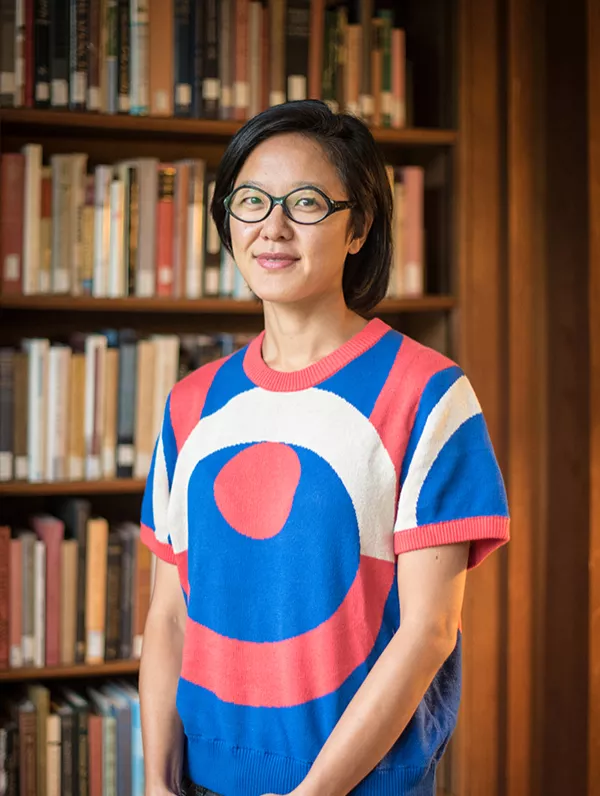Min Kyung Lee, Assistant Prof. of Cities, Receives New Directions Fellowship

Wigs and plywood.
To most people, the two things are about as random a pairing of products as could be imagined.
However, in her new research, Min Kyung Lee, assistant professor of Growth and Structure of Cities, will look at how these two goods, which were among Korea’s major post-Korean War exports, are part of a novel history of the American urban landscape that weaves together the growth of the South Korean economy and the experiences of Korean Americans and African Americans.
“The great economic development of Korea depended on spaces occupied by African Americans,” says Lee, whose research is being funded by The Andrew W. Mellon Foundation through a New Directions Fellowship.
Following the end of the Korean War in 1953, the military government of South Korea sponsored specific industries to improve the dire post-war economic situation.
“Central to this plan was a strategy to identify specific export goods that optimized local resources and knowledge, and that targeted international markets. In addition to textile manufacturing, those exports included wigs and plywood,” explains Lee.
By the 1960s, South Korea became the global center for wig manufacturing, relying mainly on its own female population for hair supplies and cheap labor. Plywood manufacturing was also an integral part of the country’s developmental strategies, and Korea became the largest exporter of plywood to North America, having entered the market via the Vietnam War. By 1970, the country controlled more than half of the global market share.
The state-sponsored export of wigs benefited from the coinciding migration of Koreans to the U.S. after the Immigration and Nationality Act of 1965.
Facing discriminatory barriers to the labor market, many of these immigrants opened their own stores and became a critical part of the ethnically controlled manufacture and distribution of wigs in the U.S.
This period also saw major demographic changes in many cities resulting from the Great Migration that concurred with the development and growth of a beauty consumer culture around hair among African American women.
“During this period when women’s social roles were shifting, hair—and as a consequence, wigs—carried a significant political valence that bound intimate practices with public performances,” says Lee.
Commercial streets in downtowns that had once catered to middle-class white families shifted to middle and working-class Blacks. The white flight of the 1960s and '70s transferred ownership of these stores to non-whites and corresponded with the high demand for suburban housing.
As white families abandoned cities and moved to the suburbs, the demand for plywood increased as housing developers recognized its economic value.
“The attention on the specific materials of wigs and plywood ties both micro and macro narratives of particular everyday spaces to global economic policies,” says Lee. “It connects the migration stories of African Americans to those of Koreans who arrived in the U.S., and centers on their shared spatial practices in cities. It links Korean women’s bodies through their hair and labor to the beauty culture of African American women. It also accounts for the demographic shifts by charting the racial and ethnic changes of commercial property ownership in cities.”
As part of the project, Lee will create a series of historical maps that trace the global trajectories of these export goods and that identify the appearance of wig stores in Philadelphia from the Immigration and Nationality Act of 1965 to 2000. Longer-term outcomes include a public oral archive of these rapidly disappearing urban spaces, an edited volume on the study of migration and the built environment, and a monograph of the project’s results.